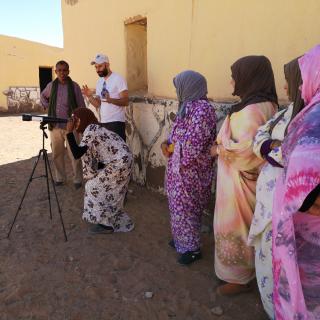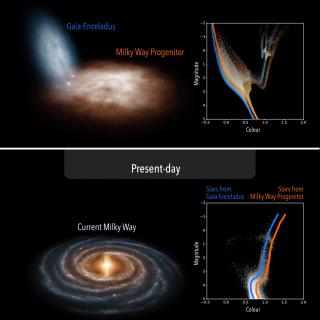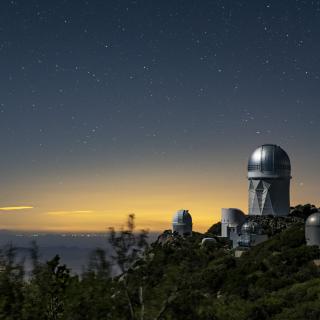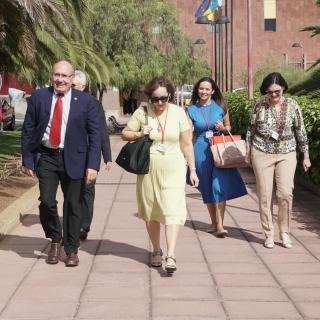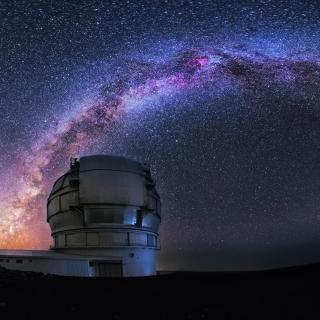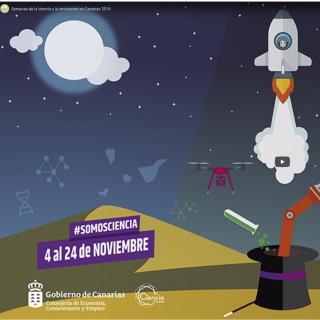
The Instituto de Astrofísica de Canarias (IAC) will participate with a number of different activities in Tenerife and La Palma within the framework of the Weeks of Science and Innovation organized by the Canary Agency for Research, Innovation, and the Information Society (ACIISI) of the Canary Regional Government, from 6th to 24th of November. The main aim of these weeks is to promote and popularize scientific and innovative knowledge among the citizens, as well as to encourage the participation of the different participants in the system of R+D*I in the Archipelago. Each year this event
Advertised on
